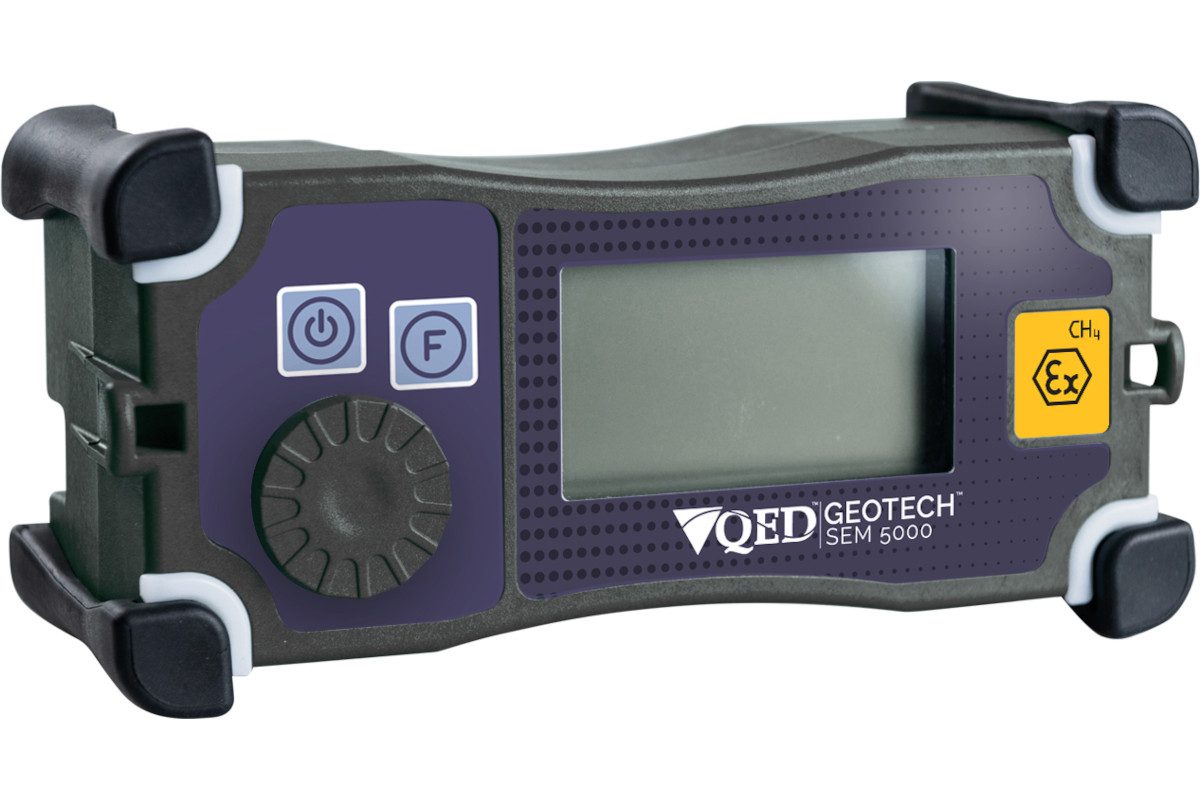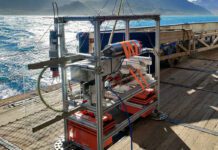
The accurate and effective monitoring of surface methane emissions levels is critical to the safe operation of landfill and waste management sites. However, methane monitoring equipment can sometimes be more of a hinderance than a help. Here, Martyn Hanks, Business Development Manager at QED Environmental explores the key challenges around accurate surface emissions monitoring, along with the emerging technologies which can offer safer, smarter and more secure operation.
Monitoring methane gas emissions from the surface of landfill sites is an integral part of demonstrating compliance with the Landfill Directive. For this reason, landfill operators know only too well how important it is to ensure accurate readings are regularly taken. Given methane represents one of the largest greenhouse gas contributors to global warming, understandably there are costly penalties for those who breach their mandated emissions volume. However, detection is far from straight forward.
While there is no one single sensor to measure the concentrations of methane in landfill, operators have traditionally turned to portable hand-held flame ionisation detectors (FID).
FID equipment burns a hydrogen flame to ionise organic compounds containing carbon to detect gasses in the atmosphere, including methane. However, a major pitfall with FID technology is its inability to isolate methane from multiple cross-gases that may be detected during the monitoring process. As a result, accuracy diminishes while the chances of time-consuming – and potentially dangerous – false readings increase.
Aside from the detection challenges, and the volume of downtime generated by the need for regular calibration, questions remain over both the practicality and necessity of using a flame to detect an extremely flammable gas.
Another way?
There are several alternative options to FIDs for operators to choose from when it comes to methane monitoring, including infra-red, catalytic oxidation, thermal conductivity, flame ionisation, semi-conductor, paramagnetic and electrochemical gas detectors. However, many of these also present operators with the same set of challenges regarding cross gas detection and frequent calibration requirements. As such, landfill operators have often had to choose systems based on which will prove to be the least problematic from an operational perspective, rather than which will be the most effective. However, change is afoot.
Recognising the challenges faced by landfill operators, environmental technology and monitoring OEMs have pioneered the use of laser-based systems, which are not only more responsive, but can successfully selectively monitor just for methane, thus avoiding the challenges and complications associated with cross-gasses.
One such solution specifically designed for the operation in landfill sites, the ATEX-certified Geotech SEM5000, uses patented laser technology to selectively and effectively monitor methane. It is able to detect emissions from 1-10,000ppm or from 0.1% to 100% v/v concentration, with a response rate of less than 2.5 seconds.
By monitoring only for methane, laser technology avoids any negative cross-gas implications, while also improving the accuracy of readings. Not only does this reduce the chance of false readings, but it will cut both the cost and time spend on the monitoring process. What’s more, laser systems offer a much more comfortable user experience compared to FID systems. Not only do they remove the need for flame-based systems, but also due to their compact nature, are often much lighter.
Finally, laser technology also presents operators with an innovative digital transformation opportunity. Modern units now often feature both integrated GPS and Bluetooth capability, which when coupled with extended data capture capabilities over 450 hours, provide a tangible shift away from the manual recording process typically associated with FID systems. Not only does this streamline the detecting and recording process, but it removes the risk of human error and provides a clear and obvious data trail for audit purposes.
Ultimately, landfill operators and consultants need to be able to rely on fast, accurate and responsive readings of surface methane levels at all times. Using cumbersome or less precise means of measurement will only add time, cost and inconvenience to the process. For this reason, laser technology stands out as a clear solution to revolutionising the way operators carry out essential readings.
For more information about laser technology to detect surface emissions and ensure that all industry safety standards for gaseous exchange are met visit: www.qedenv.com/products/geotech-sem5000/







